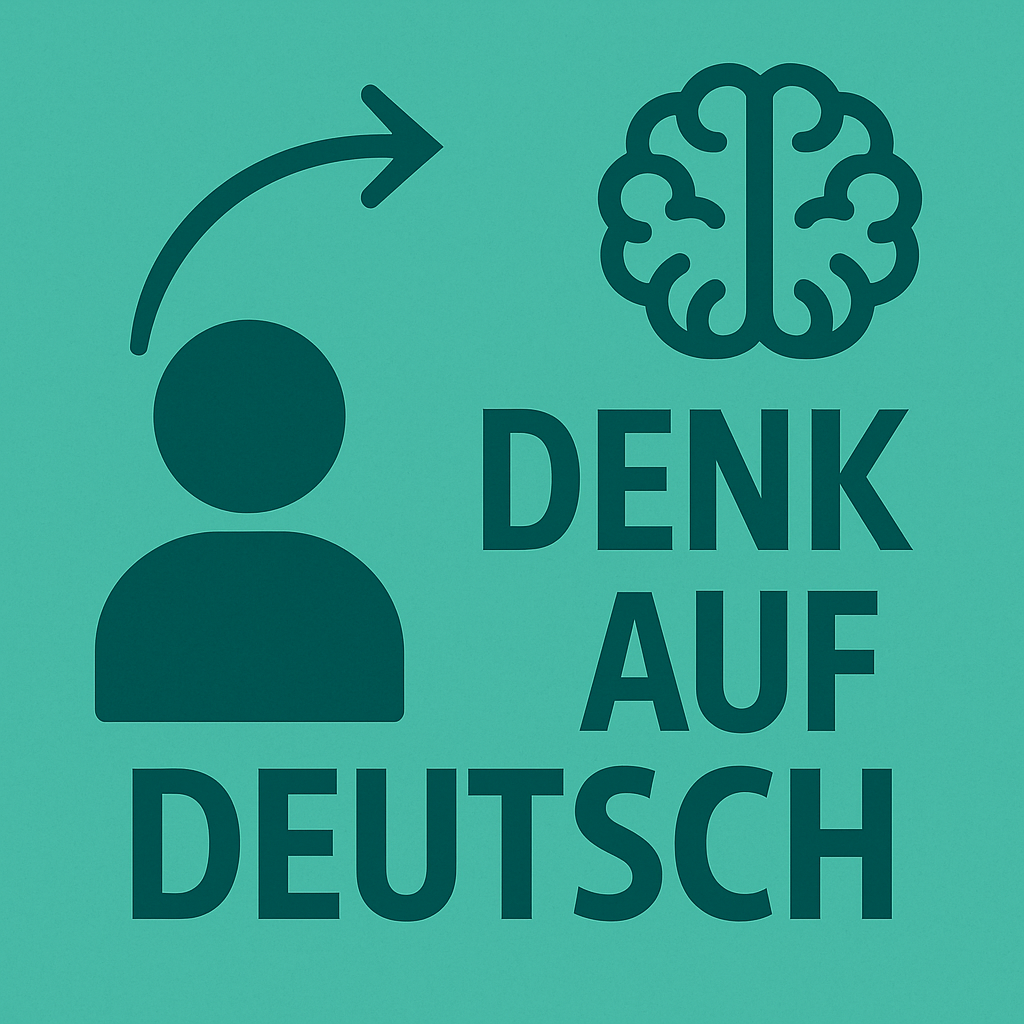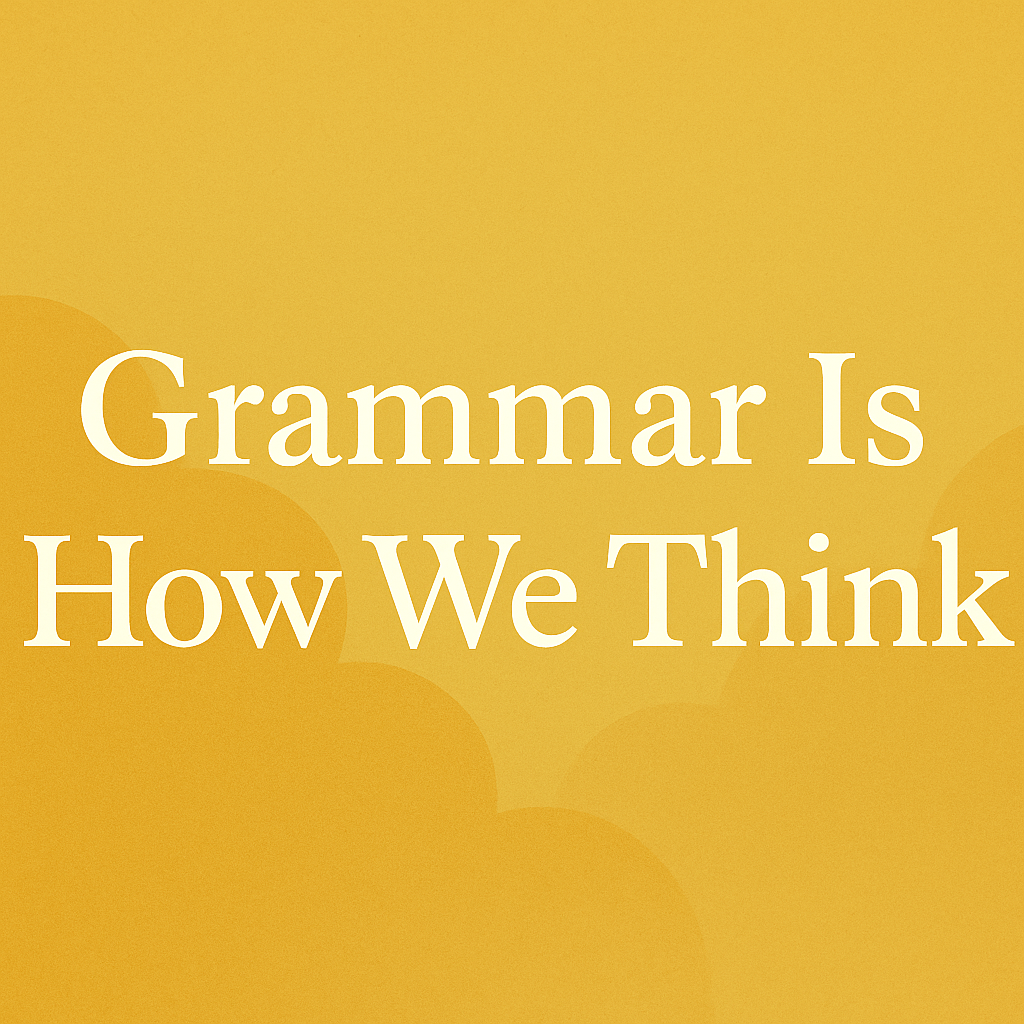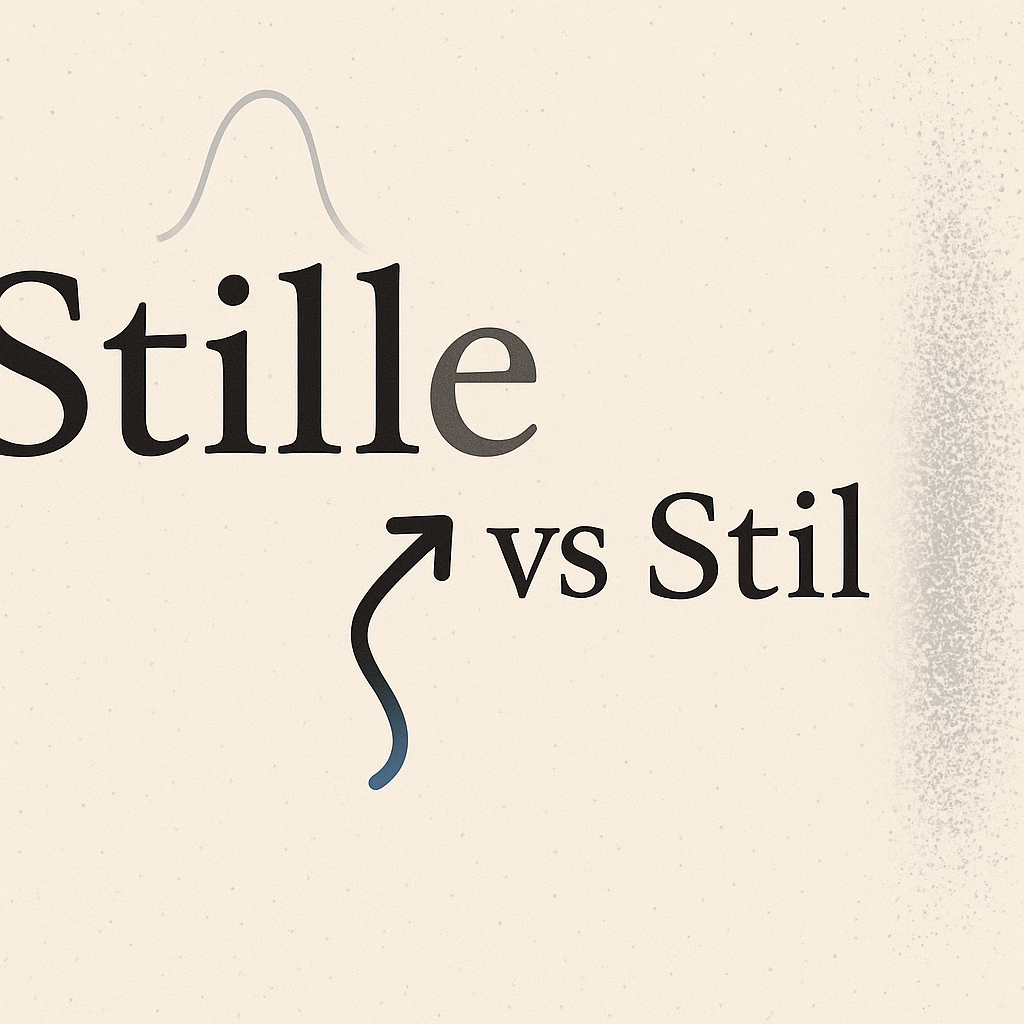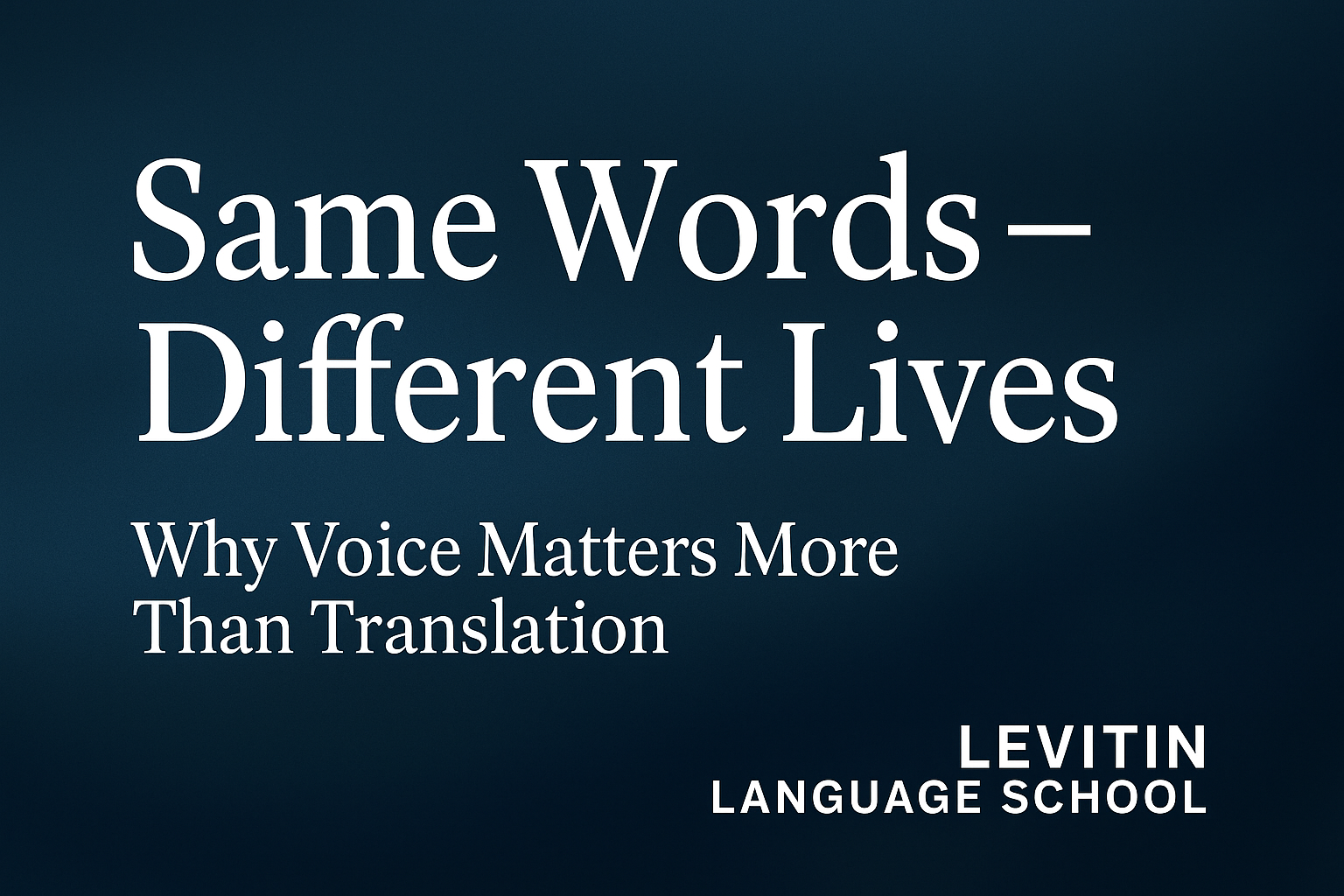Die eigentliche Frage hinter der Vorschrift
Viele Lernende fragen: "Warum steht das Verb in deutschen Sätzen an zweiter Stelle?" Es ist eine der am häufigsten wiederholten Regeln in Grammatikbüchern, die aber selten klar erklärt wird. In diesem Artikel gebe ich Ihnen keine Liste von Regeln, sondern eine echte Erklärung: eine, die zeigt, wie diese Struktur Logik, Rhythmus und Absicht widerspiegelt.
Der Kern: Was kommt zuerst?
In jedem Satz steht etwas an erster Stelle. Die Frage ist warum. Und was kommt als nächstes? Wenn wir die deutsche Wortstellung wirklich verstehen wollen, müssen wir aufhören, wie Linguisten zu denken, und anfangen, wie Kommunikatoren zu denken.
Beginnen wir also mit den Grundlagen. In jedem Satz gibt es eine Held-die Hauptfigur, die entweder etwas tut oder etwas erlebt. Es gibt auch eine Aktion (Verb), ein Objekt (falls vorhanden), und andere Elemente wie Zeit, Ort, oder Kontext.
Aber Deutsch beginnt nicht immer mit dem Helden. Es kann beginnen mit Zeit, Ortoder irgendetwas anderes, das der Sprecher hervorheben möchte. Entscheidend ist, dass die Aktion kommt immer an zweiter Stelle.
Warum? Weil diese zweite Position der Herzschlag des Satzes ist.
Was Deutsch wirklich sagt
Im Englischen oder Russischen beginnen wir oft mit dem Thema:
- Sie geht zur Schule.
- Она идёт в школу.
Im Deutschen können wir auf die gleiche Weise beginnen:
- Sie geht zur Schule.
Aber wir können auch sagen:
- Heute geht sie zur Schule. (Heute geht sie zur Schule.)
- Zur Schule geht sie heute. (Sie geht heute zur Schule.)
Das Verb steht immer noch an zweiter Stelle. Das ist die Logik. Was auch immer wir hervorheben wollen - den heutigen Tag, den Ort oder sogar das Objekt - das Verb hält sich wacker.
Es handelt sich nicht um eine mechanische Regel. Es ist eine kommunikative Entscheidung. Der Sprecher wählt aus, was er betonen will, und das Verb antwortet darauf.
Umkehrung vs. Betonung
Um es genau zu sagen. Der Begriff "Inversion" wird oft falsch verwendet. Es gibt einen Unterschied zwischen umgekehrte Reihenfolge (bei dem das Verb an erster Stelle steht, wie bei Fragen) und das abweichende oder umgekehrte Reihenfolgewobei das Objekt oder der Kontext an erster Stelle steht.
Zum Beispiel:
- Frage: Geht sie heute zur Schule? (Geht sie heute zur Schule?) - Verb kommt zuerst.
- Hervorhebung: Heute geht sie zur Schule. - Die Zeit steht an erster Stelle, das Verb noch an zweiter.
Das Deutsche nutzt diese Flexibilität nicht, um den Lernenden zu verwirren, sondern um Subtilität zu ermöglichen.
Warum es wichtig ist
Zu viele Lernende lernen 10 Wortstellungsregeln auswendig, ohne zu verstehen, warum es sie gibt. Das ist nicht meine Methode. Ich bringe meinen Schülern bei in Rollen denken, nicht in Begriffen.
- Held - wer beteiligt ist
- Aktion - was geschieht
- Objekt - was betroffen ist
- Zeit/Ort - wann/wo
- Hervorhebung - was in diesem Satz am wichtigsten ist
Die zweite Position des Verbs spiegelt eines wider: ein natürliches Gleichgewicht zwischen Informationen und Aktion. Sie schafft Klarheit, Rhythmus und deutsche Logik.
Schlussfolgerung: Hören Sie auf, auswendig zu lernen. Beginnen Sie zu denken.
Wenn wir die Wortreihenfolge als Werkzeug - und nicht als Regel - betrachten, können wir uns frei ausdrücken, statt nur zu wiederholen.
Im Deutschen ist das Verb an zweiter Stelle kein Gesetz. Es ist ein Rhythmus. Ein Herzschlag. Der Moment, in dem der Satz zu leben beginnt.
© Tymur Levitin
Gründerin, Direktorin und leitende Ausbilderin bei Start Language School von Tymur Levitin / Levitin-Sprachschule
https://levitinlanguageschool.com/ | https://languagelearnings.com
Dieser Artikel ist Teil der Serie "Denken wie eine Sprache". Alle Rechte vorbehalten. Geistiges Eigentum geschützt.
Wählen Sie Ihre Sprache: https://levitinlanguageschool.com/#languages
























